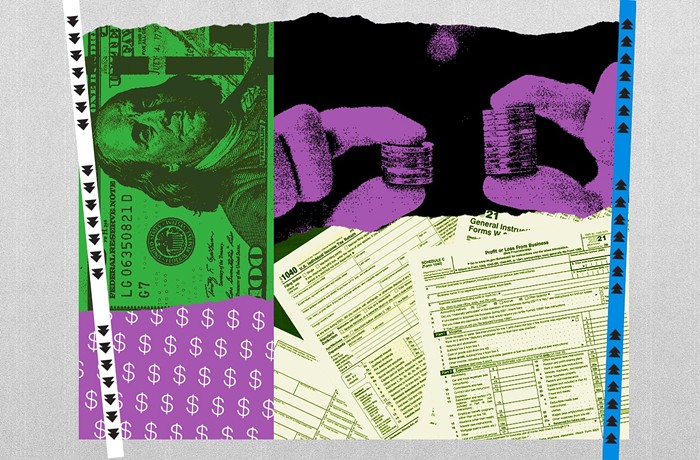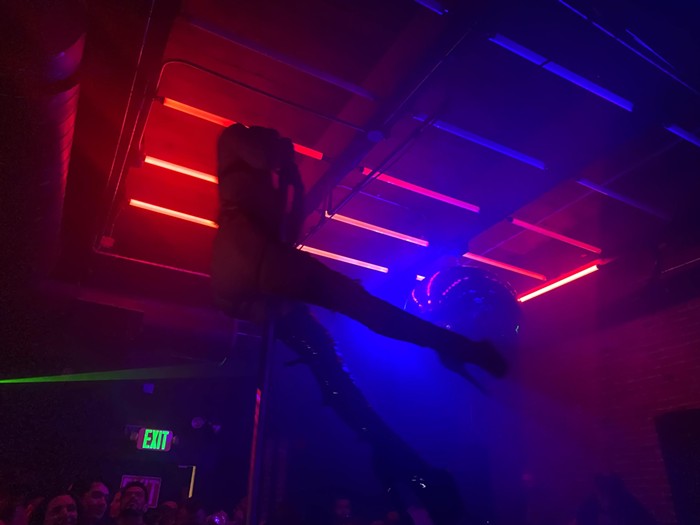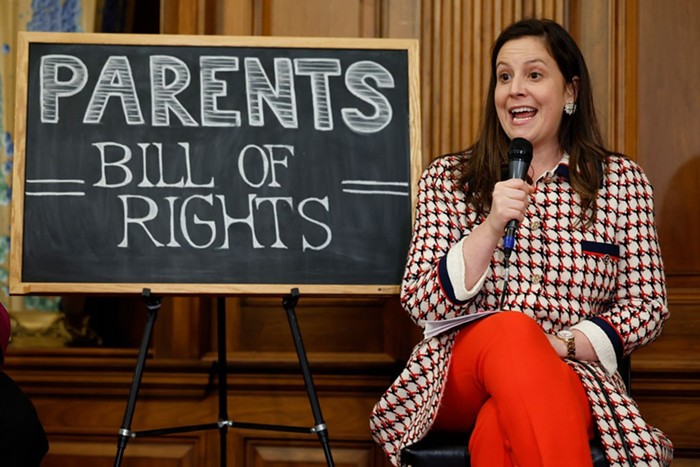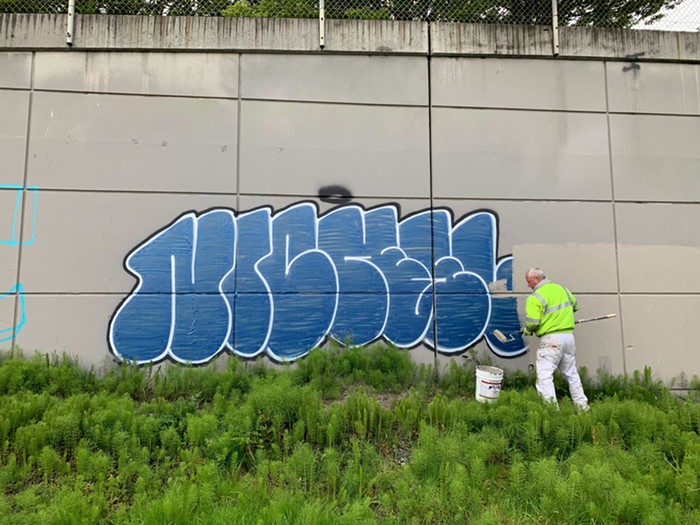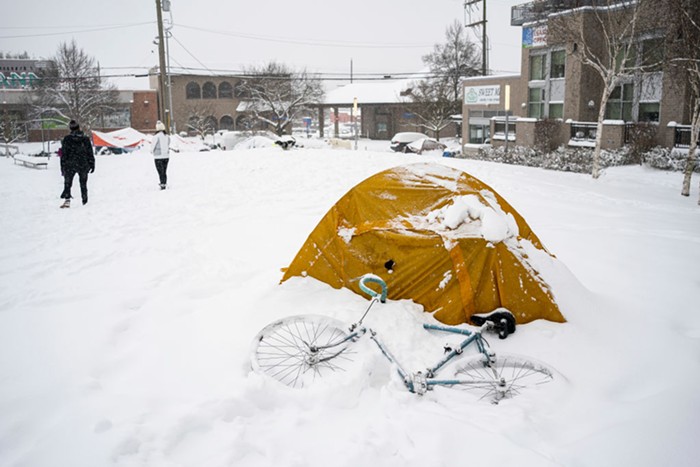
Everyone has a solution for the state’s housing crisis, and nearly every single one involves a mythical Washington town known as Somewhere Else.
We can all agree that the state needs more homes, because humans have a tendency to make more humans over the course of their lives. But this neighborhood’s too residential. That building’s too historic. This parking garage is too important. That tree is too tall. This bar once served a drink to Trini Lopez. That neighborhood’s character is the only thing preventing nuclear armageddon.
Yes, of course we need to build new housing. Just not here. We need to build it Somewhere Else.
Unfortunately, nobody can agree on the exact location of Somewhere Else. So until we’re able to pinpoint it on the map we’ll have to either A) build houses where the need is most urgent, or B) get used to more people, maybe including you, living in tents under the freeway. For some reason, lawmakers are considering option A, with two dueling bills that get a public hearing tomorrow morning, February 1, at 10 am.
Those proposals are House Bill 1782, sponsored by Rep Jessica Bateman, and HB 1981, sponsored by Rep Gerry Pollet. Both lawmakers say they are generally aligned, philosophically, on the idea that Washington cities need more density. One major difference is that HB 1981 is way more complicated, seeking to incorporate zoning changes into individual cities' local plans; HB 1782 goes for a more streamlined, simplified approach. Crucially, Pollet's HB 1981 has comparatively few sponsors at the moment — just three — while Bateman's 1782 has almost thirty. (Moreover, Sen. Mona Das carries the Senate's version of the bill while Pollet's proposal lacks a Senate companion, giving it a narrower path.)
"I am cautiously optimistic," Bateman says of tomorrow's hearing, "and really watching the clock." Committee deadlines are approaching in the next week and a half, so if the bill doesn't advance it'll be dead until next year.
Making housing more affordable isn't just a constituent issue for Bateman — it's personal as well. "My little sister’s a nurse. She can’t afford housing in King County," says Bateman, going on to note that her own house, purchased in 2017, has risen in value from $240,000 to $400,000. "I couldn’t afford that today," she says. "Something is very wrong. The market is not healthy. We shouldn’t see exponential increases like that."
Her bill, HB 1782, is just one step towards remedying that. It has two connections to appalling civil rights violations of the past: First, its number is coincidentally the same as the last year in which a person was sentenced to death for witchcraft. Second, and more saliently, the bill would require cities to allow greater density where it’s needed most, near transit — in other words, it would end (partially, at least) long-standing rules that prohibit new apartment buildings.
Rep Pollet's bill has a similar intent, but it rolls the zoning changes into upcoming revisions to local planning guides. That significantly complicates the process, but he says it's necessary to ensure that local infrastructure can handle new construction. (Not everyone agrees.)
Overall, lawmakers seem to be in alignment that Washington's widespread apartment bans need to be overturned; Pollet says that he plans to vote in favor of Bateman's bill.
Of course, it's bananas that Washington cities even have bans on apartment buildings, but, like virtually everything in the U.S., the situation has its roots in racism. In the 1920s, Seattle used racial covenants to explicitly bar people of color from owning homes — as planner Harland Bartholomew put it, to “preserve the more desirable residential neighborhoods” by prohibiting “colored people.”
Those restrictions were tweaked and made less explicit in the 1950s and ‘60s, and then in the mid-‘90s Seattle implemented a Comprehensive Plan that sought to “maintain and enhance Seattle’s character,” including the housing restrictions that had been born of racism just a few decades earlier. To this day, segregation is still baked into Seattle’s zoning.
Obviously, regressive exclusionary zoning doesn’t only affect people of color — the housing shortage impacts everyone who is entitled to a place to live, which is to say all human beings. The racism just makes it exponentially more egregious.
Seattle has been dragged in the direction of ending its ban on dense housing in certain areas for several years, but in its current state the Bateman-Das approach would welcomely expand those areas. The bills would apply to any city with a population over 20,000. To give you a sense of scale, Seattle, Spokane, Tacoma, and Vancouver are way over that threshold, but so are smaller burgs such as Shoreline, Burien, Issaquah, and Tumwater. Mill Creek manages to just barely squeak over the line, as does Ellensburg and Port Angeles. Centralia, Aberdeen, and Ferndale are just under, as of 2018.
Affected cities would have to drop restrictions on what’s called “missing middle” housing close to transit — that is, homes that fall in size somewhere between a stand-alone house and a towering skyrise. Specifically, in the Bateman-Das bill, within a half-mile of a major transit stop cities and towns would have to allow duplexes, triplexes, fourplexes, and sixplexes. Those places would need to allow up to fourplexes outside of those frequent transit zones.
The bill has built-in measures to stop displacement of marginalized communities. It also directs the state to provide example ordinances to cities to help guide their transition to denser neighborhoods.
Meanwhile, Pollet's bill would reduce the size of those frequent-transit zone to 1/4 of a mile in many cases, and only allow up to fourplexes depending on the size of the lot.
Overall, we're not talking about a major overnight change — should either of the bills pass, we'd see slightly chunkier buildings, not the Sears Tower, in neighborhoods already served by transit. But of course, the “I’ve got mine” crowd is hyperventilating at the thought of outsiders changing the makeup of their neighborhood. Now where have we heard that before?
According to a report by the state's Office of Financial Management, allowing apartments within a quarter mile of frequent bus service or a half mile of a major transit stop would allow 162,964 new units at 2 units per parcel, or 488,892 at 4 units per parcel. Washington currently faces a deficit of 225,000 homes, which is right in the sweet spot between those two densities.
Neither of these bills is going to build us out of the housing crisis on its own, but they aren't meant to. They're just one step towards undoing the mistakes of a century ago, which range in severity from appallingly racist to simply stupid. In addition to adding more density, Bateman says, we need to address delays in issuing construction permits, fees, hiring builders, obtaining materials, abuse of the historic preservation process, and financing of new construction.
Like it or not, Washington has more people than it did in the 1920s. So does the country. So does the world. We’ve all got to live somewhere, and nobody seems to be able to provide directions to Someplace Else, so we’re going to have to build where the people are. Tune in Tuesday morning to see how it goes down.

